Preserving History: The Snake Bridge of Macclesfield
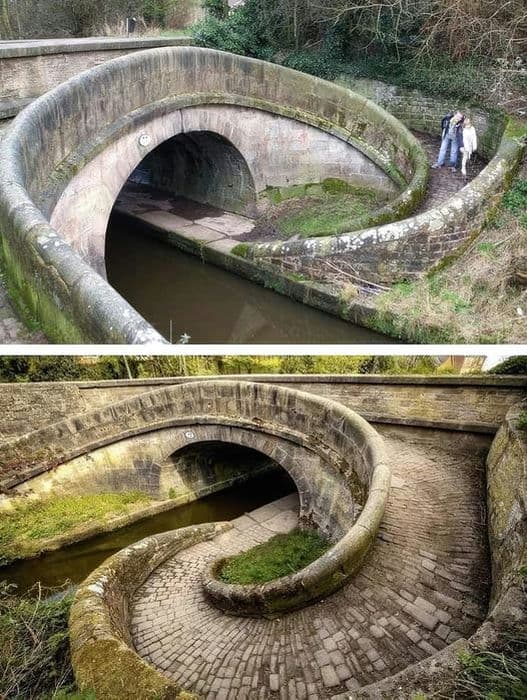
In the quaint town of Macclesfield lies a hidden gem of industrial history: the Grade II listed Snake Bridge. Designed with ingenuity and practicality in mind, this remarkable structure served a crucial role in the operation of the Macclesfield canal, offering a glimpse into the bygone era of horse-drawn transportation.
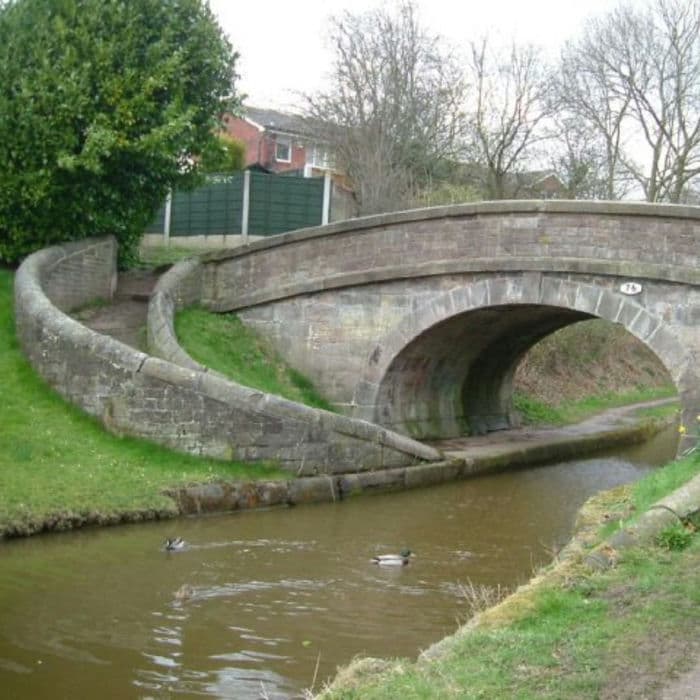
Innovative Design
Constructed as part of the Macclesfield canal, which opened its waters in 1831, the Snake Bridge stands as a testament to Victorian engineering prowess. Its unique design facilitated the seamless movement of horses towing boats across the canal, eliminating the need to unhitch the tow line—a task that was both time-consuming and labor-intensive.

The Roving Bridge
Roving bridges, also known as snake bridges, were ingeniously engineered to accommodate the transition of the towpath from one side of the canal to the other. While traditional bridges necessitated the detachment of the tow line, snake bridges featured spiral ramps or split designs, enabling horses to navigate the crossing without interruption.
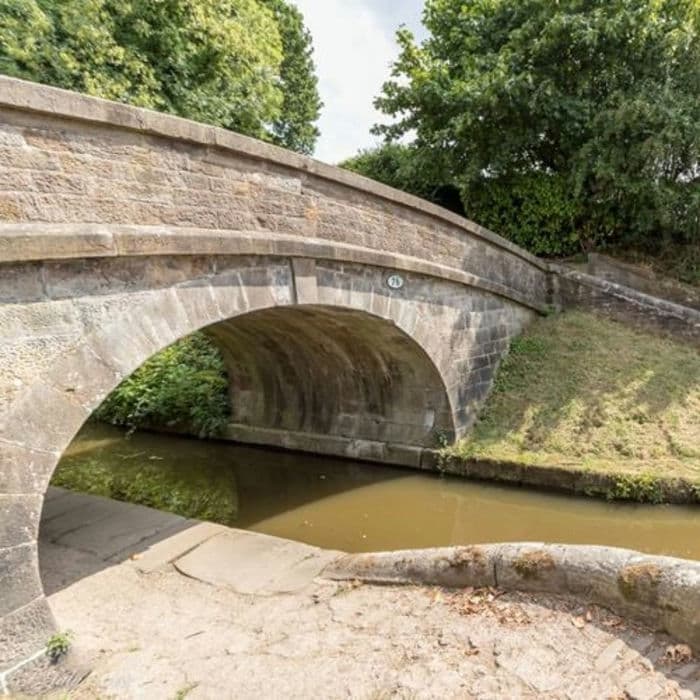
Historical Significance
During the heyday of Britain’s canal system, horses played a pivotal role in transporting goods and materials across the country. From plowing fields to hauling cargo-laden narrowboats, these noble animals were the unsung heroes of the industrial revolution, powering economic growth and facilitating trade along the nation’s waterways.
Legacy of the Horseboating Era
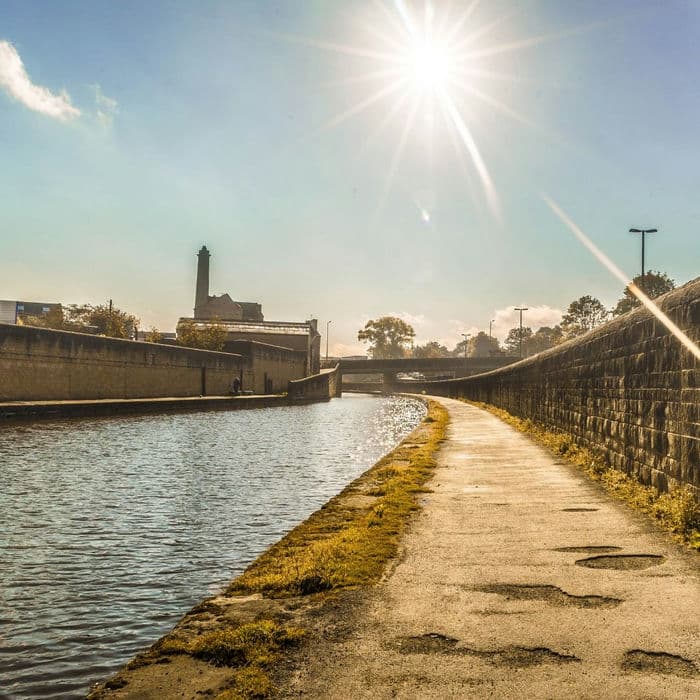
While steam and motorized vessels eventually supplanted horse-drawn boats, the legacy of horseboating lives on in the annals of canal history. Tools such as forethought, smacking whips, and strapping posts were essential for boatmen navigating the intricate network of canals, showcasing the skill and resourcefulness required for the job.
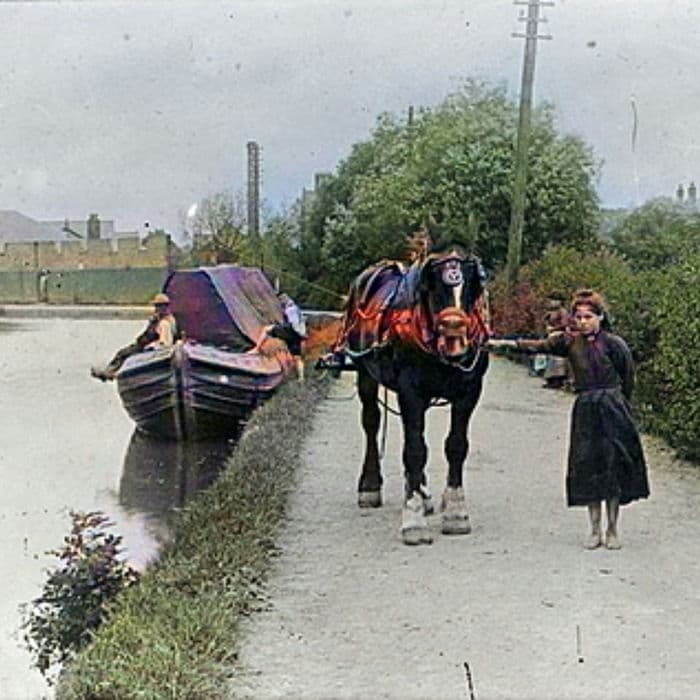
Honoring Tradition
Today, the Snake Bridge stands as a testament to the ingenuity of its creators and the enduring legacy of Britain’s canal system. As visitors marvel at its architectural beauty and historical significance, they are transported back in time to an era when horse-drawn boats ruled the waterways, leaving an indelible mark on the landscape of industrial Britain.
